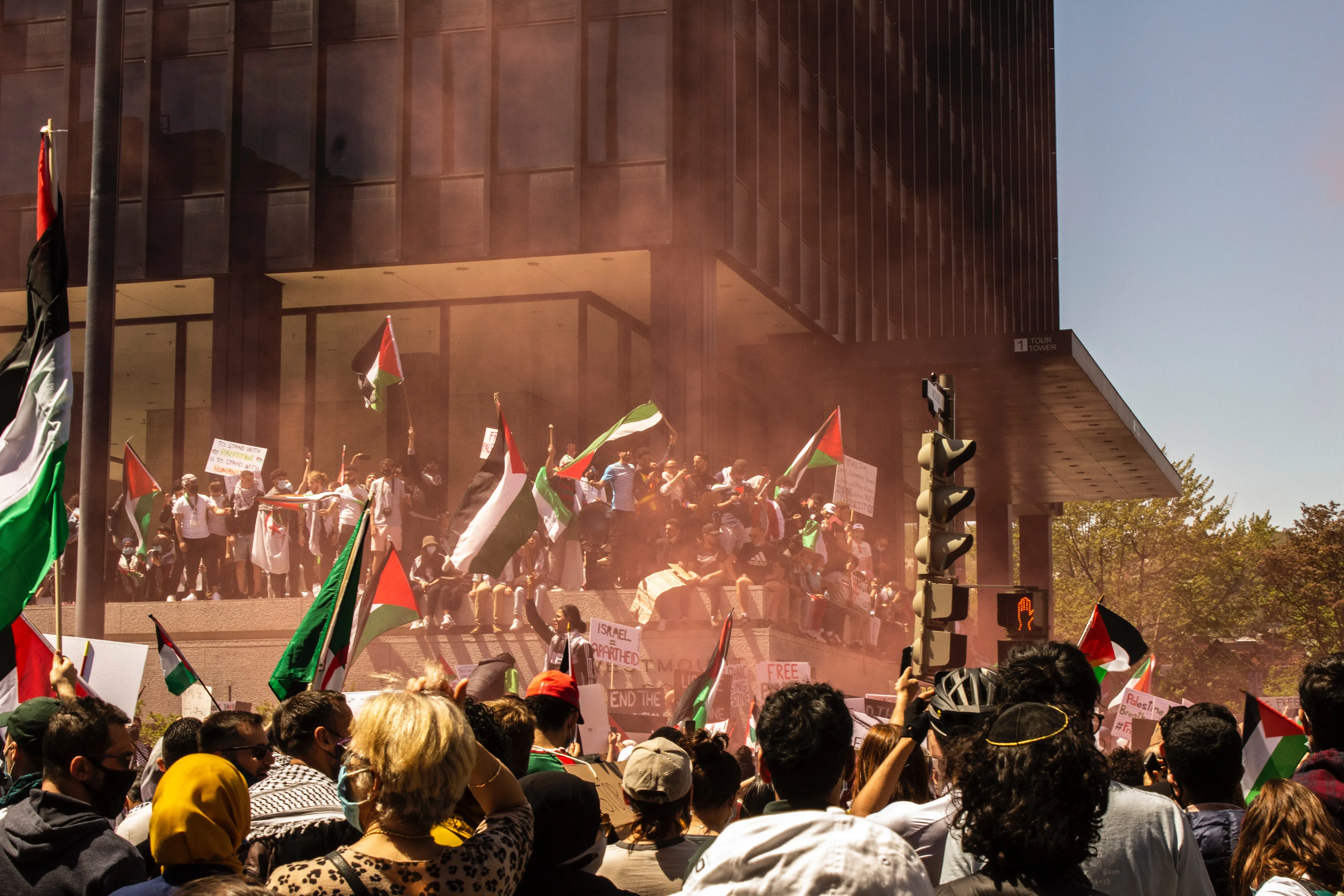Sample by My Essay Writer
Conflicts arise for many reasons, but they are sometimes started from a dispute over land. These conflicts are what have shaped the political boundaries of the planet. For example, the map of Europe was redrawn after the First World War and the Treaty of Versailles, (The Geography, par. 15). Often these geographical conflicts are linked to ethnicity as the source of contention. In this essay, I will discuss the Israel-Palestinian conflict and what has led to the confrontation. This fight is between the Jews and the Arabs over Israel/Palestine. I will also explain how the ethnic conflict relates to the geographical theme. The dispute between Israel and Palestine has taken on many forms over the years, but it has always drawn on a common denominator, and that is the lack of common beliefs over ethnic customs.
When two cultures can’t get along within the same borders, there are several reactions. One is a call for assimilation, or a call for autonomy. Assimilation could result in forcing the other cultural group to become like the other. Autonomy could result in a cultural group attempting to eliminate the other group, such as what was attempted by the Nazi party in World War II. It could also mean that one ethnicity goes into hiding. In the case of the Jews and the Arabs, there appears to be no getting along, and the two have kept vicious in their fight for territory since the 18th Century, (Zoabi, P. 142). When territory is added to the mix of issues between cultures, it can become very violent, as land is viewed as being necessary for survival. There is the question of who owns the land and then there is another question of who has the right to live within the boundaries of that land. Usually, the right to govern the land is determined by the majority, but that becomes a slippery slope when dealing with a population that is relatively torn between the ones who are Jewish and those who are Arab. This constant flux makes it difficult for one party to maintain its rule, while also difficult because there is a large group that doesn’t want to be governed by the ruling party. The difficulty in determining whether the Palestinians or the Israelites have the authority to rule the nation, is that there are differences in opinion and differences according to the timeframe in which the analysis is being made. It’s difficult to determine who owns the fields, seaports and cities. There is no solid definition of who has sovereignty. “Answers to these questions depend upon the time frame; the considerations offered in 1917 or 1947 could draw upon factors absent in 1897, and the same holds for the interval between 1947 and 1997. Differences in population distributions, in prevailing institutions, and in political developments are all relevant in approaching these questions,” (Kapitan, p. 254).
The Israeli-Palestinian conflict started around 1882 when the first Zionists settled in Palestine. “Arab-Jewish tensions could be broadly defined as a dispute between two ethno-religious nationalisms completing for the same small stretch of land,” (The Israel-Palestine, par. 14). The Arab-Israeli conflict began with a state-against-state fight that came after the Arab invasion of the newly created State of Israel in 1948. This lasted until 1979 when a peace treaty was signed with Egypt after the 1978 Camp David Accords. This war was being fought for possession of Egyptian Sinai and Syrian Golan Heights and the West Bank, East Jerusalem and the Gaza Strip. “However, from the perspective of the Palestinians, the conflict with Israel was always a ‘zero-sum game between two national movements struggling for exclusive ownership of the same piece of land,’” (The Israel-Palestine, par. 20). There was eventually the first Intifada in 1987 and then the Oslo peace agreement in 1993. This began the establishment of a Palestinian state, which turned the conflict into a border war.

Following the outbreak of a second Intifada in 2000, Israel grew its control of the territories and then completed security operation that were pivotal in altering the nature of the conflict. There were many botched political negotiations at that point and there was specifically difficulties when George W. Bush was president in the united States, because this allowed Israel to “put Arafat under siege and dismember Arafat’s Palestinian Authority, thus creating enclaves subject to de facto Israeli control, (The Israel-Palestine, par. 13). When Barack Obama became the U.S. president, there became a new atmosphere in the tensions between Israel and Palestine. There were Israeli settlements that were becoming more active and the security operations ended political negotiations that had any sort of meaningful value. All this causes the conflict to return to the original state it was in, which is an ethnic, rather than a territorial dispute, (The Israel-Palestine, par. 5). This conflict is interesting in that the Palestinian authority relies heavily on Israel. Also, recently, Israeli settlements have expanded and there is strict control over the Palestinian people. It could be argued that Israel is actually the ruler of the Palestinian authority, as it operates under an ethno-security regime and this is a type of security that is based on a “Jewish demographic anxiety and the need to control the Palestinians,” (The Israel-Palestine, 2010). This is where there has been some level of erosion in the two-state dynamic in this conflict, which has ultimately changed the conflict from being a dispute about borders to an ethno-national struggle that is taking place within a single state.

There has been a lot of discussion in the public about the occupation of the Israelis taking over the Palestinian territories. Many studies were completed about the nature of the relation between these two ethnic groups. These studies have taken the form of academic reports, reports by non-governmental organizations and reports in newspapers. These reports have indicated that the conflict has been ethno-nationalist. But now there is a territorial war happening within set borders. During the Oslo era, Yasser Arafat (Palestine’s leader) was consistently discussing a phased strategy. He said on a radio show that “The struggle will continue until all of Palestine is liberated,” (The Israel-Palestine, par. 12). Also, in an interview on the Egyptian Orbit TV in 1998, he drew a relationship between the agreement he made with Israel and Mohammad’s “inferior” peace brokerage. That brokerage was used by the prophet so that he could gain strength before executing another attack.
The conflict between the Israelites and Palestinians is creating a “they” culture, instead of a “we” culture. This is because of the different beliefs and ethnic customs between the two sides, (Tessler, p. 897). This causes each party to blame the other for their misfortunes. There becomes a sense of suspicion among each of the parties and when there is a lot of political competition or social issues, it can lead to much hatred and war. Many countries have managed to live happily as one, without being at arms with the other ethnic group. For example, Canada declared itself multicultural in the early 1980s, which led to a culture of acceptance of others. While there are examples of racism on some levels, there is no war due to one ethnic group being different than the other. This is something that this sample essay has covered in depth.
Works Cited
Tessler, Mark Arnold. A History of the Israeli-Palestinian Conflict. New York: Indiana University Press. Print.
“The Geography of Conflict.” Royal Geographical Society. 1998. Web. 1998. 15 Nov. 2012
“The Israel-Palestine Conflict: The View from Jerusalem.” Lindenwood University. 2010. Web. 14 Nov. 2012.
Zoabi, Haneen. Palestinians in Israel: Segregation, Discrimination and Democracy. New York: Pluto Press. 2011. Print.







